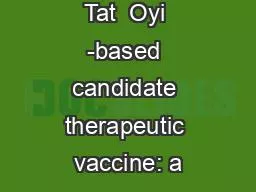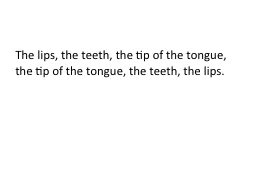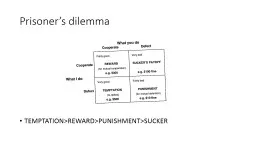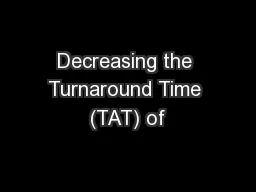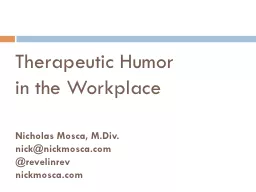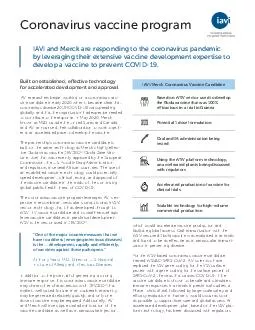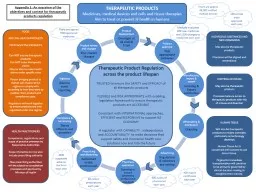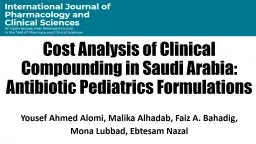PPT-Tat Oyi -based candidate therapeutic vaccine: a
Author : greemeet | Published Date : 2020-10-06
phase 1 clinical trial in HIV1 infected patients Escaich Sonia COO BIOSANTECH SA Tat is a virulence factor of HIV Transactivator of transcription Tat of HIV1
Presentation Embed Code
Download Presentation
Download Presentation The PPT/PDF document "Tat Oyi -based candidate therapeutic va..." is the property of its rightful owner. Permission is granted to download and print the materials on this website for personal, non-commercial use only, and to display it on your personal computer provided you do not modify the materials and that you retain all copyright notices contained in the materials. By downloading content from our website, you accept the terms of this agreement.
Tat Oyi -based candidate therapeutic vaccine: a: Transcript
Download Rules Of Document
"Tat Oyi -based candidate therapeutic vaccine: a"The content belongs to its owner. You may download and print it for personal use, without modification, and keep all copyright notices. By downloading, you agree to these terms.
Related Documents

